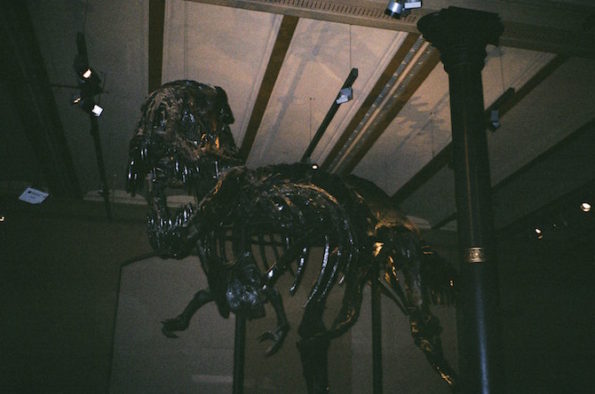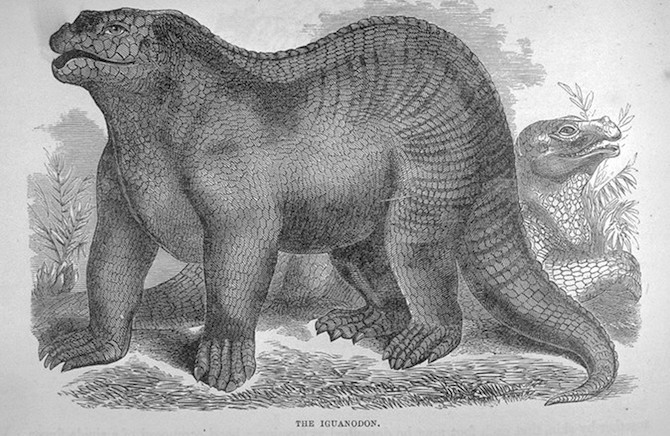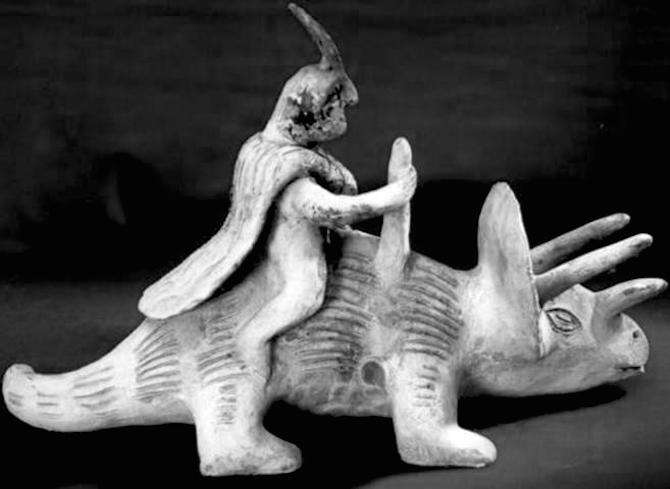Search
To search for an exact match, type the word or phrase you want in quotation marks.
A*DESK has been offering since 2002 contents about criticism and contemporary art. A*DESK has become consolidated thanks to all those who have believed in the project, all those who have followed us, debating, participating and collaborating. Many people have collaborated with A*DESK, and continue to do so. Their efforts, knowledge and belief in the project are what make it grow internationally. At A*DESK we have also generated work for over one hundred professionals in culture, from small collaborations with reviews and classes, to more prolonged and intense collaborations.
At A*DESK we believe in the need for free and universal access to culture and knowledge. We want to carry on being independent, remaining open to more ideas and opinions. If you believe in A*DESK, we need your backing to be able to continue. You can now participate in the project by supporting it. You can choose how much you want to contribute to the project.
You can decide how much you want to bring to the project.

To see things one has to look. And one has to know how to look. However, let’s imagine the additional difficulties to comprehend what literally can’t be seen. That is the case, for example, of dark matter. The particles of dark matter interact only imperceptibly with the matter that we know, however, these particles explain 85 per cent of the universe’s matter. One therefore has to think that scientific advances don’t just include the known, but also, critically, the unknown. [[Randall, Lisa, La materia oscura y los dinosaurios, Acantilado, 2016]]. Lisa Randall in the book Dark Matter and the Dinosaurs explains the relation between this transparent matter and the circumstances that led to the extinction of the dinosaurs. Dinosaurs, like dark matter, can’t be seen directly, only through the traces they’ve left in the universe.
Palaeontology is the discipline, based on the scientific method that studies the development of life on Earth from fossil records. It deals precisely with accessing something that no longer exists through its traces. Fossils are the traces through which images are generated –used to imagine what produced them. Dinosaur bones have been found in different places of the planet that give us bits of specific information about these beasts: the length of the femur, the size of the teeth, the volume of the brain, prints have also been found as footprints or nests, that give another type of information, more of the type “I was here”, a “writing” on the rocks through which we can know more about the surroundings and context of where they lived. The task of palaeontologists is, therefore, to “read” these rocks and the main aim of palaeontology is the reconstruction of the fossils to give back the fossilised beings the aspect they had in life.
Although the English had found the first recognised dinosaur fossil many years before, in 1853 the majority of people still had no idea about the appearance of a dinosaur. Scientists were also unsure, the only fossils they could count on were a few bits and pieces, a tooth here, a bone there. Nevertheless, they thought that if they studied a fossil and compared it with a living animal they could fill in the blanks. The iguanodon, for example, had teeth fairly similar to the iguana. As such the iguanodon would surely resemble a large iguana. Waterhouse Hawkins was the artist who modelled the first reconstructions of dinosaurs; he himself was passionate about the natural sciences and collaborated with the palaeontologist Richard Owens to carry out some fantastic reconstructions. Waterhouse pointed out that only a few iguanodon bones had helped to determine the scale and proportions of the model, and that another bone, just a small point, no doubt went on the nose, like a rhinoceros’ horn. [[Today the iguanodon has changed considerably from the designs of Waterhouse Hawkins. The “horn” has become two claws in the thumbs, it walks on two feet rather than four and has become a somewhat more stylised. ]]. Like many artists, Waterhouse grew up drawing the world around him. When he was young he discovered his true passion: animals. He loved to draw and colour them. But what he really enjoyed was sculpting the models that once he’d finished seemed to come alive. [[Kerley, Barbara & Selznick, Brian, The dinosaurs of Waterhouse Hawkins, Scholastic Press, New York, 2001]].

This has also been the task of artists on many occasions: to give an image to things we can’t see. The power granted to these images has been enormous, the images sometimes acquire the very attributes of what they represent, substituting them. As in the case of the iguanodon, the reconstruction of the unknown, the invisible, is resolved by completing it with something we do know, generating in this way something new. With this assemblage of things that we already know, what we generate, in one way or another, is a monster, a Frankenstein, a chimera, a dragon or a myth.
The category of the monstrous appears in the western tradition as the fruit of a division between the natural and the anti-natural. For this reason, the monstrous acquires meaning when it is observed and contemplated in a space that is distinct, when its abnormality enters into the kingdom of the normative. In the same way, as in archaeology or palaeontology, information is extracted from the fossil in relation to the context of where it has been found and what is known – the age of the rocks, the ecological characteristics, other fossils… the monster is constituted from what is designated as natural or normal. Undoubtedly dinosaur fossils were what originated the beginning of the idea of a dragon: a few enormous bones that didn’t correspond to any living animal, but were, nevertheless, evidently similarto those of an animal. In the classical era it was believed that fossils were caprices of nature, images that nature generated in the likeness of living beings. At the limits between the natural and the anti-natural. Roger Caillois talks of the fragility of the limits in the classification of things. In the book The Mask of Medusa [[Caillois, Roger, Meduse et cíe, Seix Barral, 1962; Cited by Carlos Fernández-Pello, in his doctoral thesis Saber parcial / Sabor diagonal: imágenes del texto y producción de conocimiento desde el arte , UCM 2016.]] he explained that the progression of knowledge consists in rejecting superficial analogies and discovering profound, perhaps less visible connections, but more important and significant ones. It dawns upon us the almost infinite number of traps that those in the know have never endingly had to avoid to identify useful distinctions, those which delimit the field of each discipline. These traps, these tricky appearances, are not on the other hand mere simulations, rightly speaking they aren’t even appearances. They are realities that in the final instance are tied to a coefficient of lesser importance than that conceded to other things. Caillois reminds us that what is now contained in this category of reptiles, as could be the case of the lizard and the snake, due to their reproductive methods or their scaly skin – were previously separated because of more evident differences, in appearance stronger and indisputable, such as the lack of viperish extremities versus the fourth paws of the lizard.
The myths, the chimeras, arise from playing with the limits of traps and simulations, in the definition of the importance of each trace. In 1725, Doctor Beringer on the mountain of Eibelstadt found fragments of limestone with the forms of animals, such as lizards, frogs and spiders with their webs. Beringer believed they were fossils and the fact that some of them were inscribed with the name of God in Hebrew suggested to him that they could be of divine origin. The mechanism by which fossils were formed was still unknown and despite their fantastic nature– they ended up being fakes- Beringer took them seriously and published the following year a book that describes them, the Lithographiæ Wirceburgensis. This monstrous book led to confrontations with his colleagues who had set up the hoax. The collection was called Lügensteine, the lying stones.[[https://en.wikipedia.org/wiki/Beringer’s_Lying_Stones, http://hoaxes.org/archive/permalink/the_lying_stones_of_dr._beringer/, available online at http://amshistorica.unibo.it/3]]
In Les écarts de la nature, Bataille resituates the monster outwith the modern dichotomy normal/abnormal, assuming difference as a natural dialectic. The monster in this way is anti-aesthetic subverting the normalizing and excluding order that determines that every individual being is in some way, a monster.[[Bataille, Georges, Las desviaciones de la naturaleza, in Carta, MNCARS’ magazine of thought and debate, Spring-Summer, 2013.]]. Hence, the fossil remains that explain evolutionary transitions aren’t just discoveries of great scientific value that fill the voids and justify the evolutionary theory, so much as they are small monsters and chimeras that erase the limits between each other. The descendants of the dinosaurs that have evolved up to the present day are birds. Curiously, they don’t descend from the Pterosaurs – the flying brothers of the dinosaurs, as one might imagine if guided by appearances, but from the terrestrial dinosaurs.
The archaeopteryx, sometimes called by its German name Urvogel, meaning “original bird” or “first bird”, is the most ancient, primitive bird known. The Archaeopteryx lived during the Late Jurassic, approximately 150 to 145 million years ago, in what today is the south of Germany. A time when Europe was an archipelago of islands, in a warm, shallow tropical sea, much closer to the equator than at present. It is one of the most important fossil discoveries in history, described as a key piece in the current knowledge of living beings. It is the perfect example of a a transitional form, in this case between reptiles and birds. It shares characteristics with reptiles like the teeth, the claws in the upper extremities and a large bony tail; but also shares characteristics with birds today, as it already has feathers, wings and a wishbone, amongst many other features. Despite being considered the oldest known bird, in 1984, Sankar Chatterjee discovered some fossils that he announced, in 1991, belonged to an extinct bird, even older than the archaeopteryx; he called it Protoavis. The taxonomy of the protoavis is controversial; various palaeornithologists consider it the forbear of modern birds, while the majority of the paleontological community consider it a chimera, a mixture of various specimens.
Costello and Abott come from the future and although in the film The Arrival they call them Heptapods, they are the spitting image of a calaphant, a futurist animal imagined by a group of scientists in the same way dinosaurs were imagined: based on things we know. Even the name of the species represents this system of creation by assemblage. The calaphant is an enormous terrestrial squid (calamar) that lives in the woods, like an elephant. Squid today live in the sea, they have no skeleton, are soft and swim by changing the form of their body. But 200 million years ago this animal could have left the water. On leaving it for the first time it would have had to drag itself along, but the calaphant has in time turned its tentacles into authentic paws. But, why do the calaphants visit us? Louise heads once again towards the space ship and the space shuttle appears that leads her inside. She meets Costello who communicates to her that Abbott is dying. Louise asks him about the visions that she has had of a daughter, and Costello tells her that what she is seeing is the future, revealing that her “visions” are not flashbacks but flash forwards. Costello also communicates to her that they have come to help humanity by exchanging their language. This language changes the mental perception of time, so the aliens know that in 3,000 years, in the future, they will need the help of humanity in exchange. For this they ask Louise to use their “weapon”, their capacity to see the future and that the exchange take place [[http://www.imdb.com/title/tt2543164/synopsis?ref_=tt_stry_pl]]. This circular language that connects past, present and future in a single instant, corroborates the idea that everything we know is because we have seen it before, generating this monstrous knowledge by assemblage. For Louise monsters don’t seem like monsters because she has already met them previously.

Roger Caillois proposes that aside from our capacity to imagine, the stones, where we read the record of what was, also have their own capacity to generate images. Stones that think or generate images, monstrous stones. We could say that perhaps the doctor Beringer was not so off the mark, that the evidences he found in the fossils were not simulations, when all is said and done they contained the information and record of an activity, just as was proposed in the classical era. In the same way, when Waldemar Julsrud, an amateur archaeologist established in Mexico, discovered for the first time a clay dinosaur amongst the discoveries of his Tinajero, ¿what surprised him most: that the dinosaur was still there, or human beings were already there? For this narrative to have meaning, Waldemar converted the apparent anachronism of the prehistoric animal into a plot, and proposed the hypothesis that human and dinosaurs had coexisted at some point in time[[Goosen, Moosje M. El dinosaurio que todavía estaba allí, in: Ixiptla, art and anthropology magazine, vol. 3, 2015., vol. 3, 2015.]]
This text is a pastiche, a collage, a monster. It’s a text made in turn from other texts. It’s not a linear text, as it goes against a linear narrative and gets entangled, like the language of Abbott and Costello of the future – or the past. I’ve taken the words from someone who had told me them before. Hence, perhaps unknowingly, Carlos Fernández-Pello, who talked to me extensively about Roger Caillois and The Writing of Stones in the activity that we did in the Espazio Trapezio in Madrid in the afternoon last 19 January, Quim Packard, who led me to discover the story of Waterhouse Hawkins through thememorypalace.us and Daniel Moreno, who took me to see The Arrivalby surprise and who explained to me the relation with the calaphant have contributed to this monster. And also, of course, friend Google, who presented me with Urvogel, Protoavis, Dr. Beringuer and company. The dinosaurs of Julsrud come from the magazine Ixiptla that I found amongst the selection of múltiplos.

Caterina Almirall has only just been born into this world, but has lived in others, in similar parallel worlds, both liquid and solid. From each she has learnt something, and forgotten something else. Learning to unlearn. In all of these worlds she has been caught up in a web that interweaves everything, some call it ’art’…Entwining, unravelling, weaving and destroying this labyrinth has been her occupation in each one of these planets, and she fears that it will be the same in each of the ones to come.
"A desk is a dangerous place from which to watch the world" (John Le Carré)